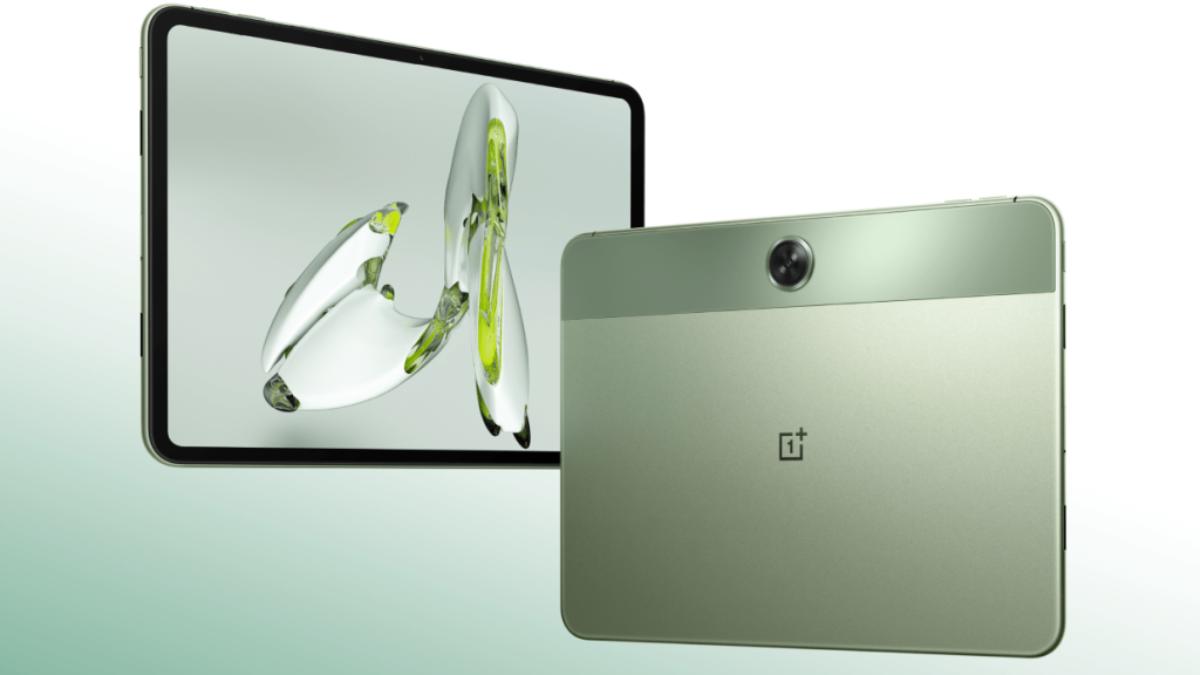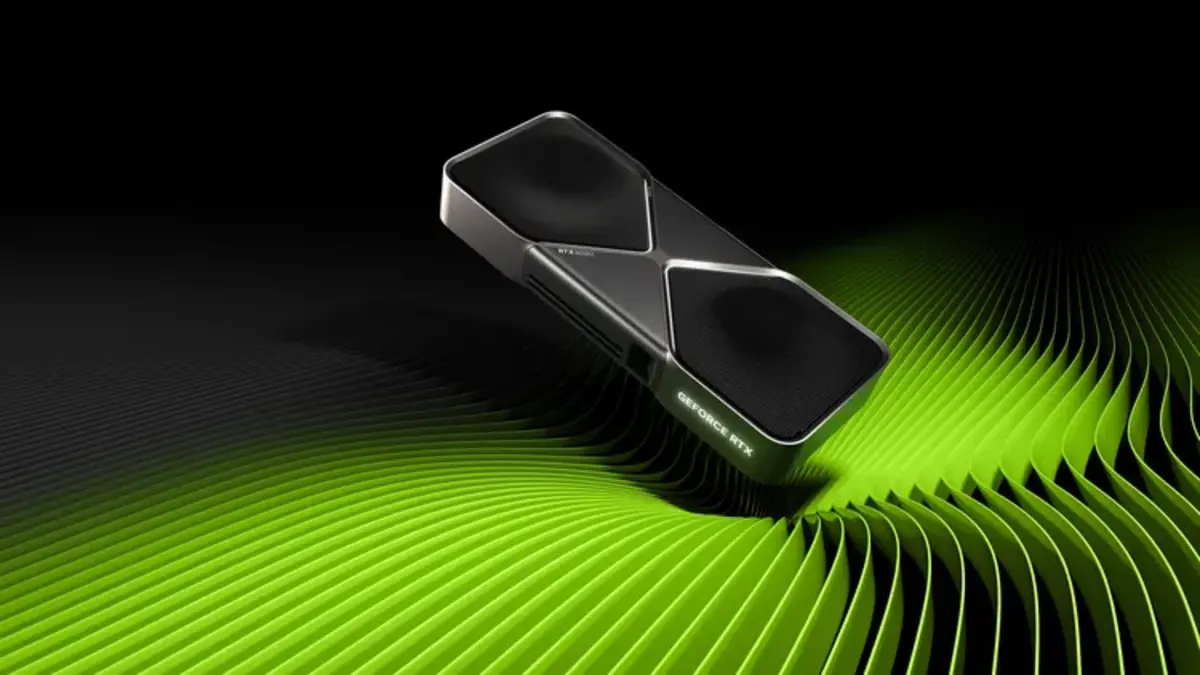Apple is set to make a major push into the smart home market in 2025, marking the end of its years of cautious involvement with HomeKit.
After a slow start, the company is now ready to take the smart home seriously, with an array of new hardware, software, and features on the horizon.
Why 2025 is the Right Time for Apple’s Smart Home Push
The smart home market has evolved rapidly in recent years, with new standards for device connectivity and an influx of products. Apple has appeared behind competitors like Google and Amazon, but the introduction of the Matter standard changes everything.
Matter is a new open standard developed by the Connectivity Standards Alliance, which includes Apple, Amazon, Google, and others. It allows smart devices to work seamlessly across platforms like Google Home, Samsung SmartThings, Amazon Alexa, and Apple Home.
One of the most exciting aspects of Matter is its support for a wide range of new devices and features. For example, Apple will add support for robotic vacuum cleaners in 2025, thanks to Matter 1.2.
Additionally, Matter will support large appliances like fridges, washers, dryers, and even EV chargers and water heaters, opening up new possibilities for smart home automation.
Thread: The Backbone of Apple’s Smart Home Network
Alongside Matter, Apple is building its smart home network on Thread, a low-power, high-speed wireless protocol. Thread creates a mesh network that connects devices across the home, ensuring low latency and reliability.
Apple has been incorporating Thread into devices like iPhones, HomePods, and Apple TVs for years, setting the stage for a robust smart home experience.
A New Smart Home Display
Apple’s big move into the smart home will likely begin with the launch of a smart home display in 2025. This compact, 6-to-7-inch display will feature a FaceTime camera that can track users around the room.
The device will support Apple’s DockKit technology, allowing third-party manufacturers to create compatible stands that can also use the camera’s tracking capabilities.
The smart display will integrate with Apple’s existing HomeKit ecosystem, allowing users to control their smart home devices, monitor security cameras, and more. It will also feature Apple Intelligence, offering personalized responses and better integration with the Apple ecosystem.
Updates to Existing Devices
In addition to the smart home display, Apple will release updates to several existing products. The HomePod mini will receive its first hardware upgrade in 2025, with improvements to processing power and possibly audio quality. A new full-size HomePod will also be introduced, featuring a more advanced touch-sensitive display.
Apple TV will also see a refresh, likely tied to the new smart home display. The updated Apple TV will run a modified version of tvOS, which may include a new smart home operating system called homeOS. This will unify Apple’s smart home ecosystem and provide a more seamless experience across devices.
Apple’s First Smart Home Camera
Looking further ahead, Apple is also working on its first-party smart home camera, expected in 2026. This camera will support Matter and offer advanced AI features like person recognition and higher-resolution video recording. It will integrate with the smart display, allowing users to monitor live feeds and receive motion alerts.
Apple’s smart home plans are finally coming into focus. With Matter, Thread, and a host of new devices, Apple is preparing to compete in the rapidly growing smart home market.
The upcoming smart display, along with updates to existing products, will lay the foundation for a more connected, intelligent home experience.
Apple is no longer treating the smart home as a hobby—2025 marks the beginning of a serious commitment to the space.














